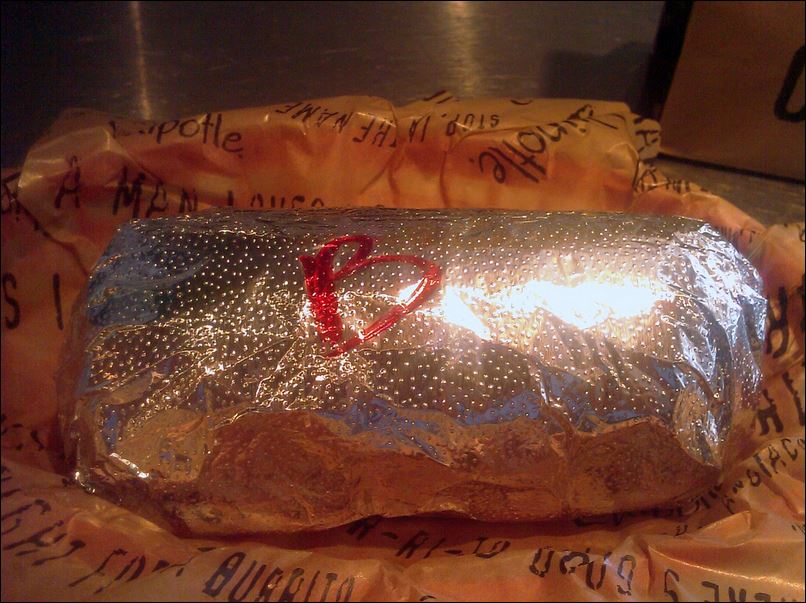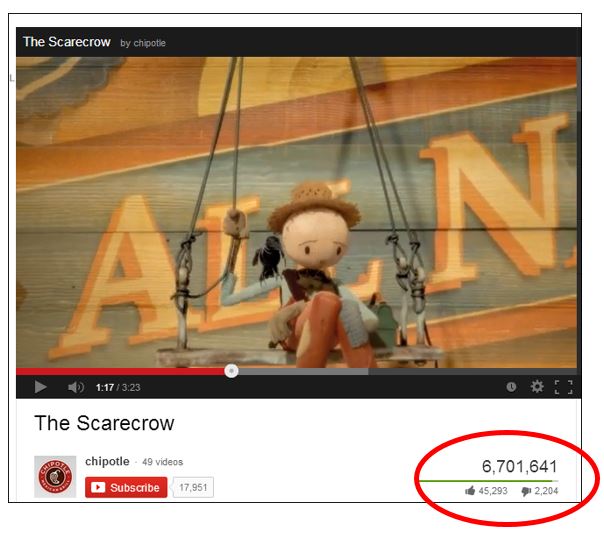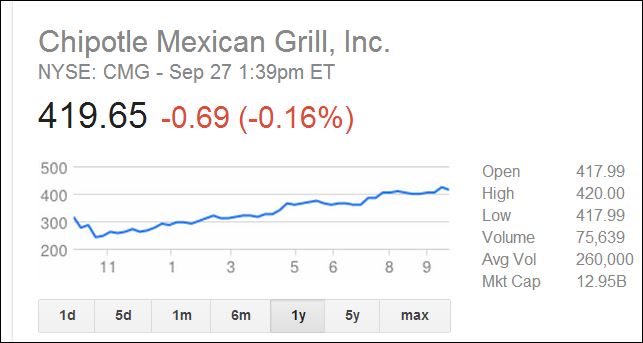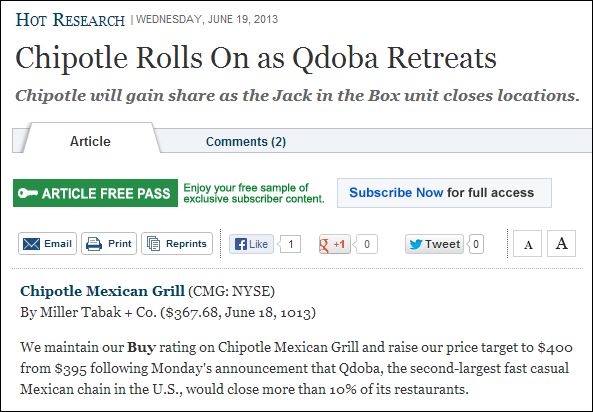Is your business boring?
Here are some products that don’t measure very high on the Schaefer Sexy Scale©:
Blenders.
Back-up cloud data services (cool plan via Marcus Sheridan)
And yet each of these links back to a highly successful social media case study. I’d like to point to another unlikely boring product success to walk you through a system to figure out how a social media strategy might work for your boring product.
This product is burritos. On the Schaefer Sexy Scale©, burritos rate a 1.3, somewhere above scissors and below blenders. Make no mistake, a little meat, cheese and beans wrapped in a tortilla is boring.
To give you some idea of how commoditized burritos are, you only need to walk down the main street of New Brunswick, NJ, the home of Rutgers University, where I teach. Within 50 yards, there are no fewer than four burrito-centric shops: Chipotle, Qdoba, Taco Bell and a mom and pop shop.
 And while Taco Bell has a mega-hit with the Doritos Taco Loco, Chipotle has taken the marketing world by storm with its bold and original social marketing campaign, based on extraordinary “mini movies” loosely telling a story about their wholesome products.
And while Taco Bell has a mega-hit with the Doritos Taco Loco, Chipotle has taken the marketing world by storm with its bold and original social marketing campaign, based on extraordinary “mini movies” loosely telling a story about their wholesome products.
I recently wrote a post called The Six Critical Questions Guaranteed to Drive Your Social Media Strategy. My view is that if you follow the path of these six questions, your strategy should more or less unveil itself.
Let’s test that by walking through these questions to see how even a boring product like burritos might create social media power …
1. What is your “only we …”
Can you finish that sentence? Even boring companies probably have something distinctive to highlight. But finding that is not always easy.
For Chipotle, they focused on the fact that they are using natural and organic ingredients from local farms. Is that a good “only we?” It depends. Certainly it gets you attention, and it could even be a sustainable advantage … if it’s true. A recent article stated that Chipotle is not all it claims to be in it ads. If they are a fake, they will be facing a social media backlash that could destroy the brand.
2) Can our culture nurture and sustain a social media transformation?
“Company culture” is the most important determinant of social media success. Chipotle is a relatively new company without a lot of cultural ties to decades of business practices. They have also aligned themselves with cutting-edge outside resources. Clearly this is a brave company.
Can you imagine the reaction if you went to the management of Pizza Hut and said, “Instead of a TV commercial, we want to spend millions on a YouTube video featuring a depressing dystopian world, robotic crows and a song from Willy Wonka.” The reaction would probably be “let’s just give out more coupons for our pizzas.” Their culture couldn’t handle it. In this case Chipotle’s culture is a competitive advantage!
3) Are we a conversational brand … or could we be? At what cost and risk?
Let’s re-visit the Sexy Scale. People love to discuss fashion, TV shows, music, and sports events. They generally do not normally debate burritos.
But could you make this product buzz-worthy? What would it take? Chipotle is trying to elevate the burrito by telling a bigger story of healthy living, animal welfare, and authentic food through a breath-taking visual treatment, beginning last year with the Willie Nelson/Coldplay scored “Back to the Start” (8 million views) and the new “The Scarecrow” (video is at the end). This is a risk, and an expensive one, but it seems to be working. They are creating a conversation where one did not exist. In fact, they are dominating the market for burrito conversation.
4) Where are our customers and competitors?
In addition to establishing a singular identity (their “only-we”) and a compelling message, they also found an untapped media channel in the long-form video format. They created yet another point of differentiation by WHERE this content was being viewed because it was a wide open space. YouTube is now mainstream entertainment and a perfect venue for the hip, urban 18-24 year old target market who enjoy their food.
5) What is our source of rich content?
 Could Chipotle have generated 4 million views in one week on a Facebook post? A tweet? Even a magazine ad?
Could Chipotle have generated 4 million views in one week on a Facebook post? A tweet? Even a magazine ad?
Seems impossible. To fuel this opportunity for massive exposure, they needed something big, bold and rich … like a stunning video animation. For this kind of exposure, a company has to develop some form of rich content beyond the normal social media chatter. Their decision to go with a stunning YouTube video was brilliant.
6) What does success look like?
In this case, the measure of success seems pretty straight forward. The restaurant chain needs to sell more burritos. A LOT more burritos based on the cost of these videos. How is turning out for them?
Brand Awareness
One-year stock price
Analyst projection (Barron’s) on growth and marketshare:
Today, the ability to create content that moves is a legitimate source of power on the web. Even for burritos.
In case you missed it, here is the new Chipotle “mini movie” called “The Scarecrow”
“Bored” illustration courtesy Flickr CC and Marcus Nelson






